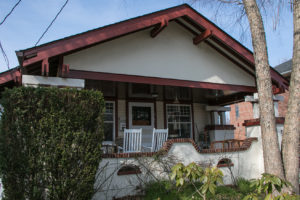 Location: 95 Pell Place. Block: 5626 Lot: 221.
Location: 95 Pell Place. Block: 5626 Lot: 221.
Status: Heard on 6/28/2011 and 10/25/2011, Calendared under LP-2479 as “Captain John H. Stafford House.” Even though it was calendared, it was not included in the property Backlog Initiative.
Description from the Bronx Survey:
Ordered in ready-cut pieces from a catalogue of houses called “Honor Bilt Modern Homes” published by Sears, Roebuck & Company, the bungalow at 95 Pell Place was built in 1930 at a cost of $8,500. At that time Sears boasted the largest home building organization in the world, had huge plants in several areas of the country, and offered pre-fabricated houses from four to forty rooms in size.
Number 95 Pell Place was advertised in the catalogue as “The Osborne” and cost $2,656., not including cement, brick, or plaster. The house is an excellent example of a bungalow, the building type that flourished in its North American form in the twentieth century. The word bungalow evolves from the Hindustani word meaning “of Bengal”. The term was used by the nineteenth-century British in India to describe a low house surrounded by a veranda. However, the detailing of the American bungalows has little resemblence to that on the Indian buildings.
Bungalows are generall associated with building in California and became particularly popular under the influence of the architectural firm. of Greene & Greene. The western derivation of the bungalow form explains the fact that the Sears, Roebuck house is advertised as from “The Golden West”. The Sears bungalow is typical of those that found popularity throughout America in the early and mid-twentieth century. The City Island example is a low-lying structure with a steeply pitched roof with projecting purlins. Other typical bungaloid details include the clapboard siding, the two stuccoed porches with bracketed posts, broad window and door openings that are horizontally aligned, low transom bars, and multi-paned windows.
The bungalow at 95 Pell Place is the most recent in date of these distinct structures on City Island and completes a history of domestic arid public building spanning more than one hundred years. City Island is one of the few communities within New York City that exhibits such a clear chronological sequence of vernacular architectural style in a small geographical area. For this reason, the island is historically important and should be carefully noted, studied and preserved.
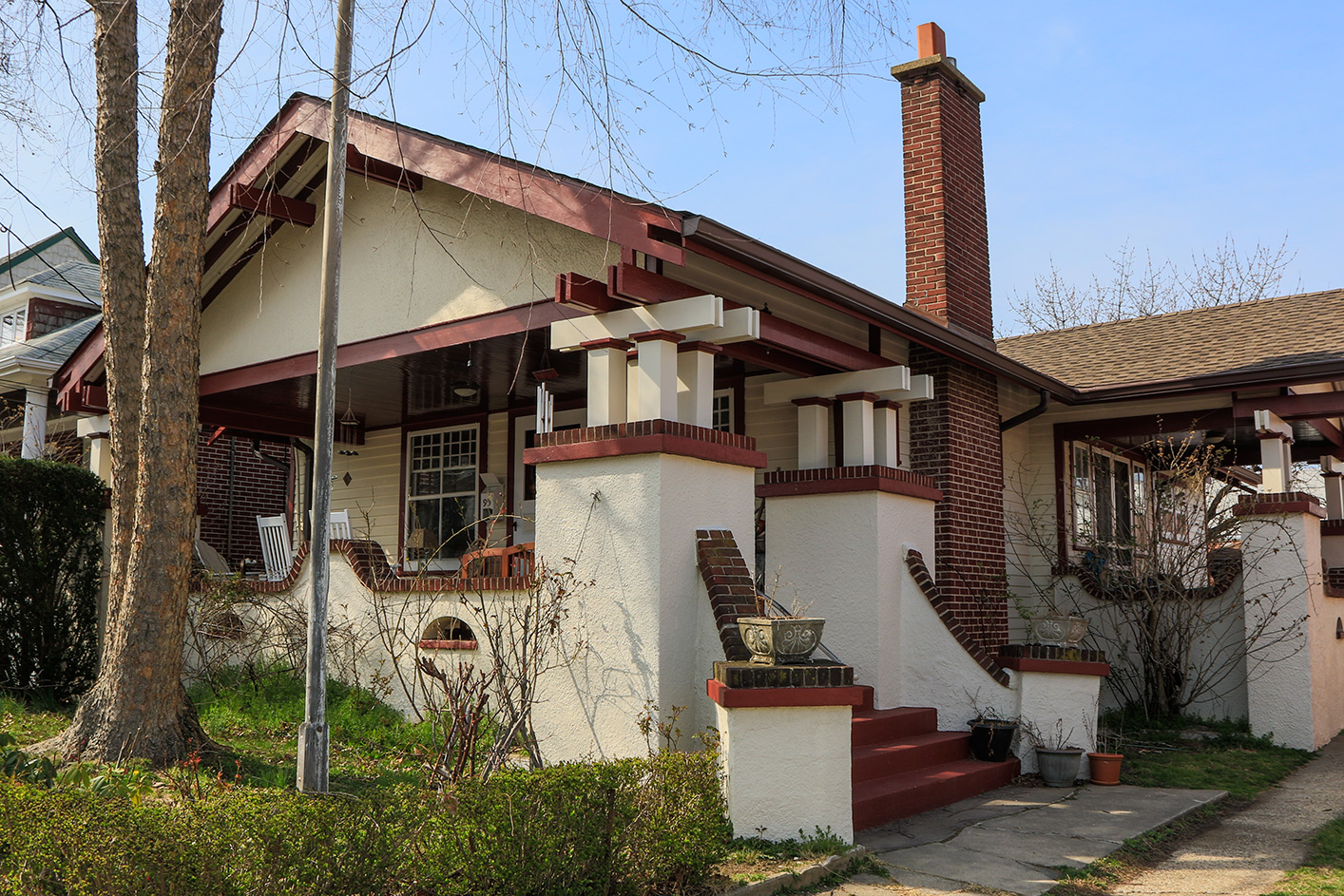
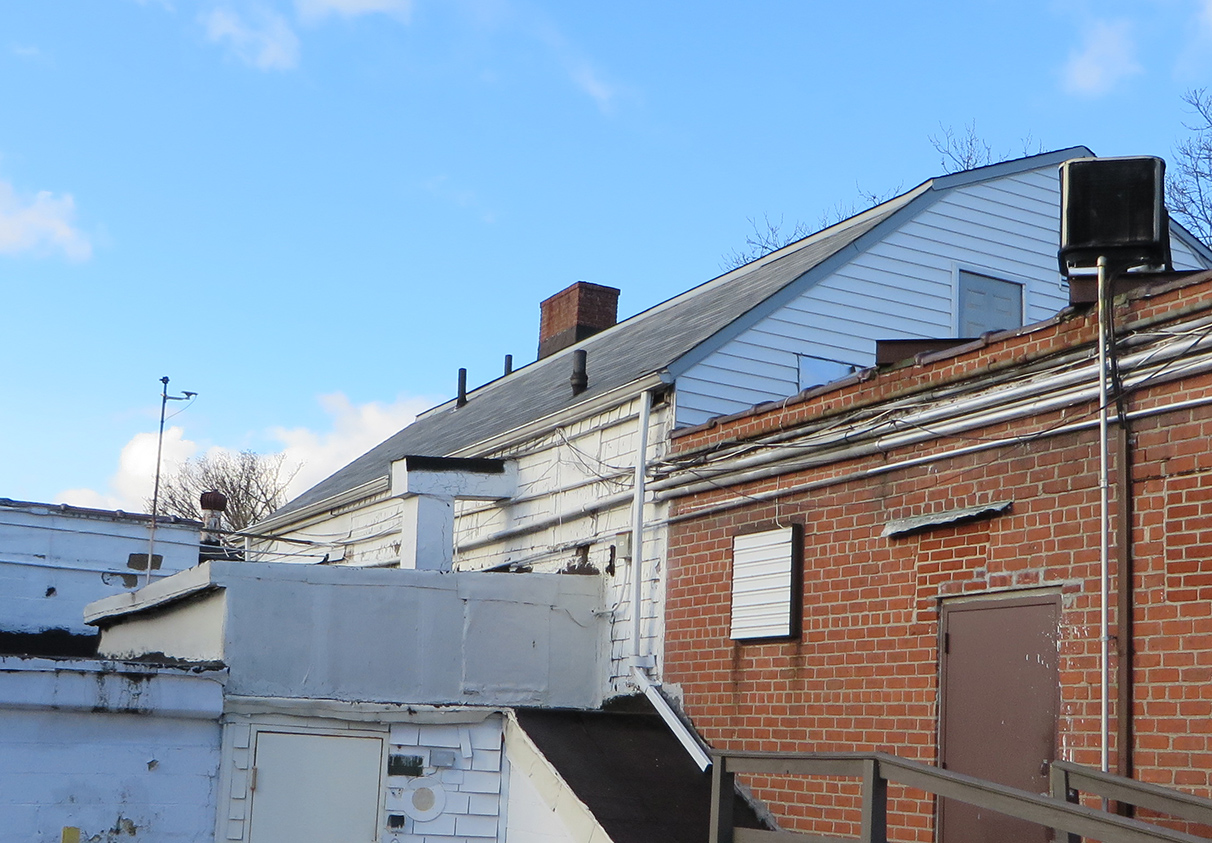
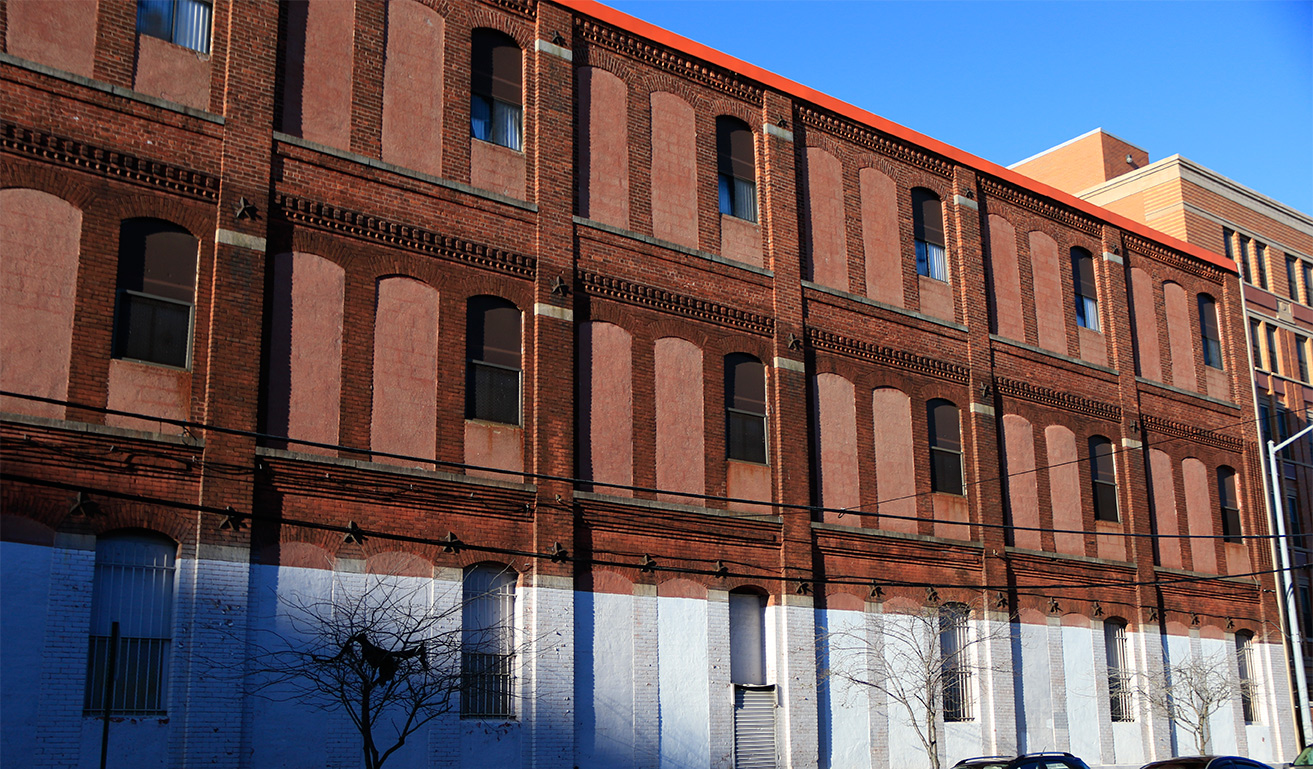
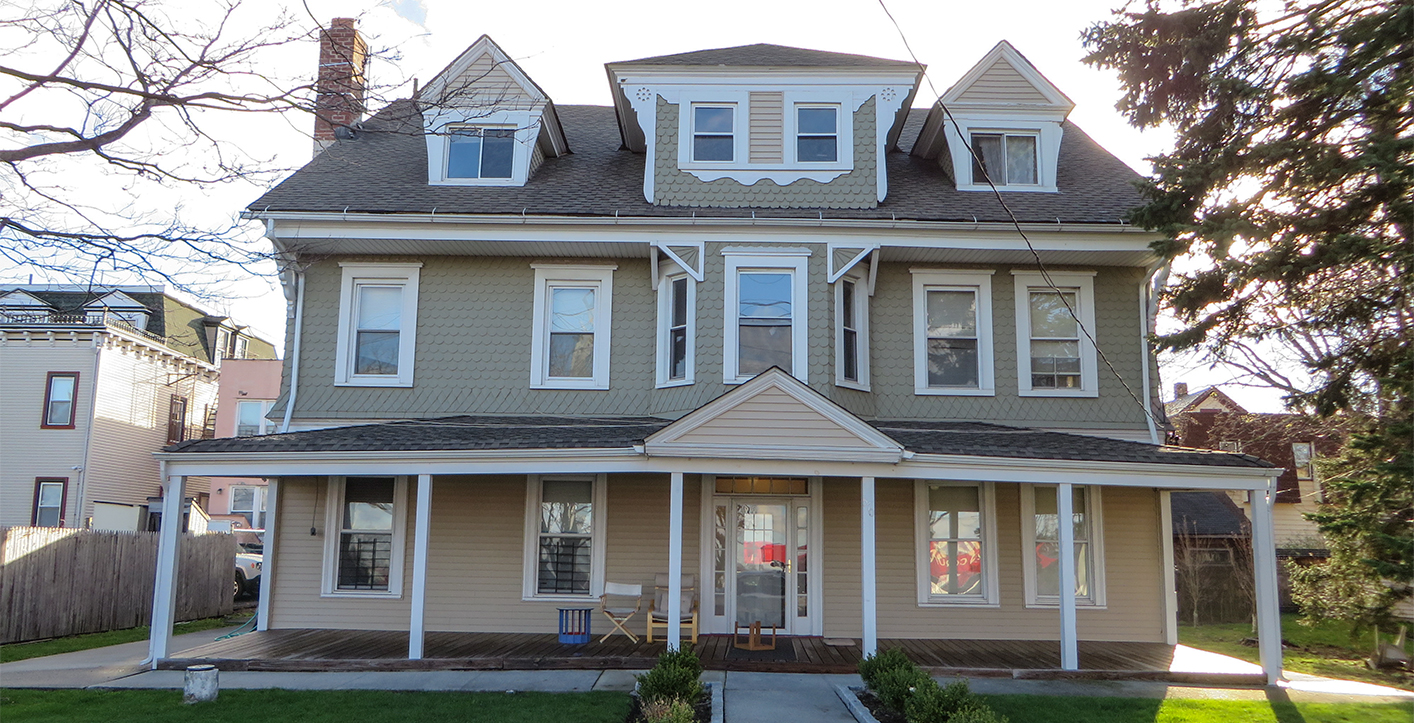
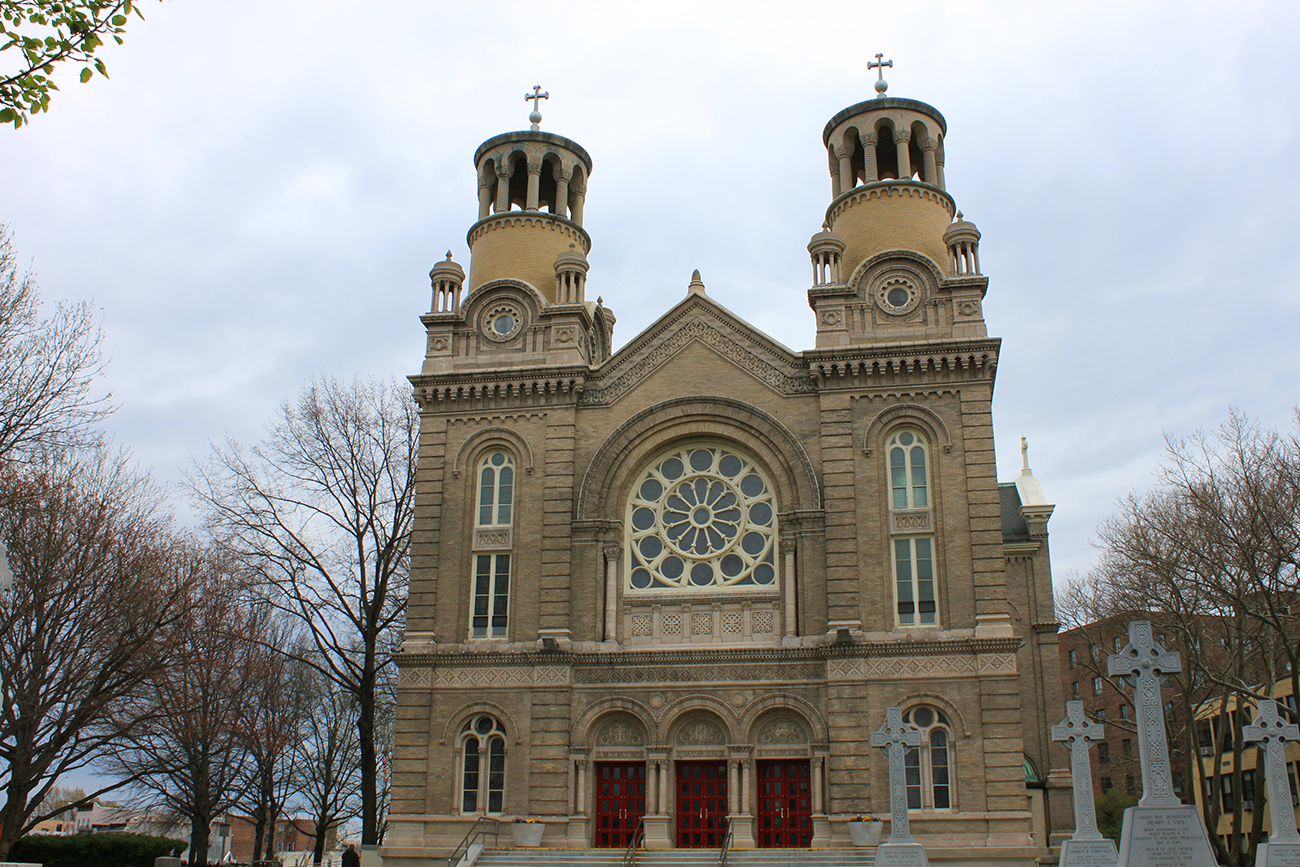
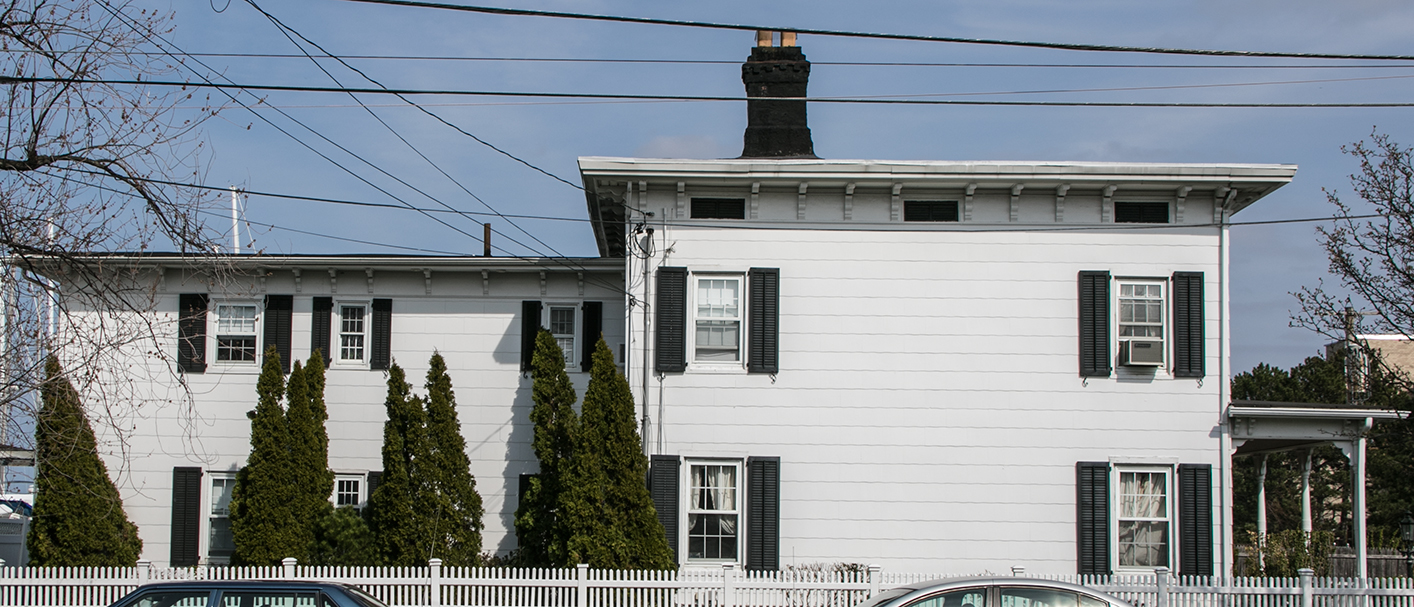
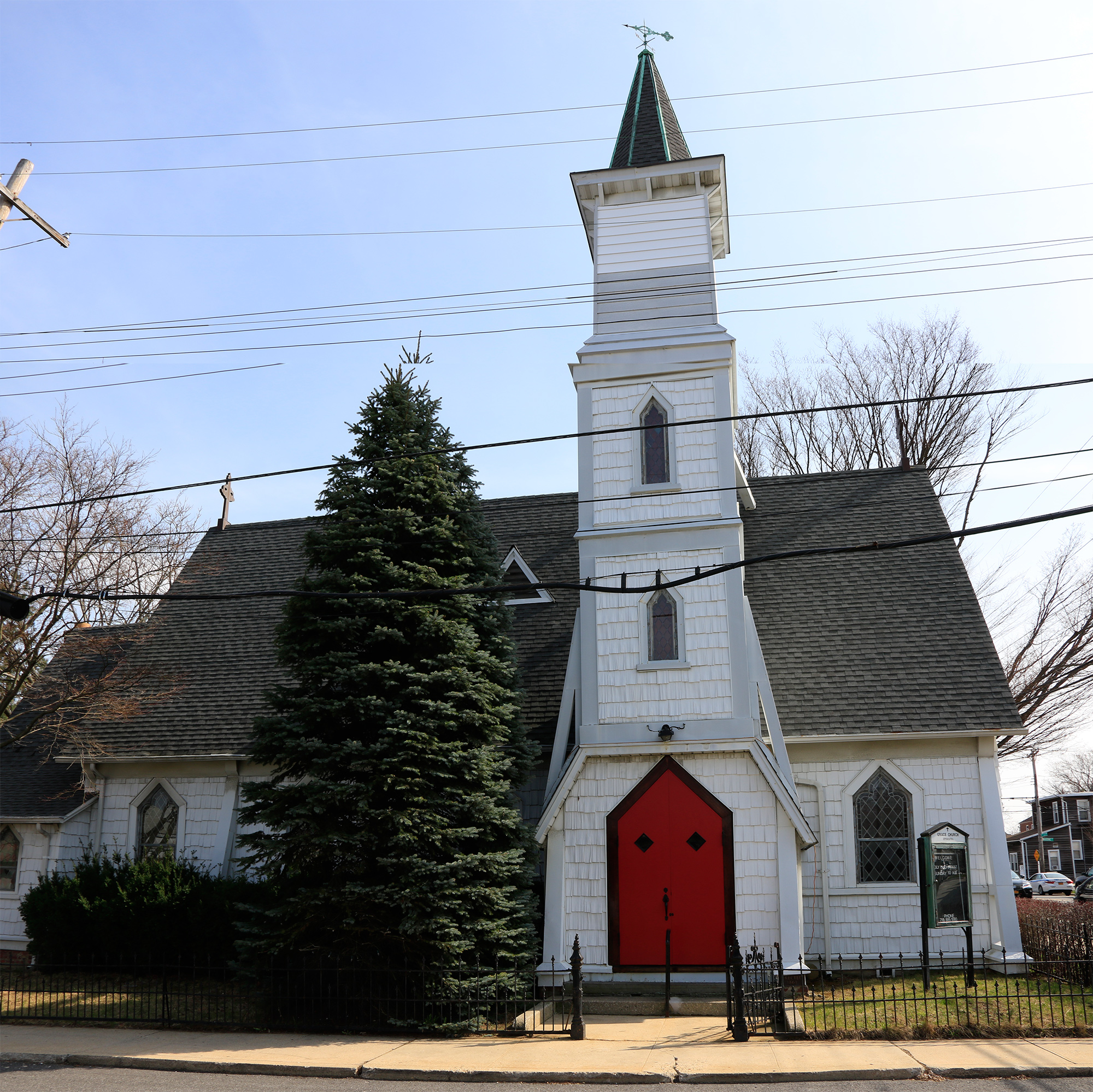
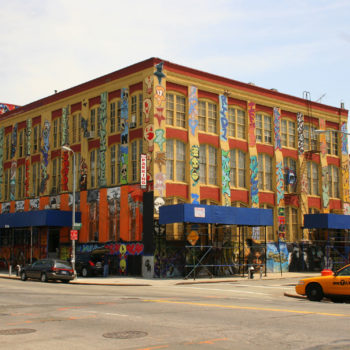
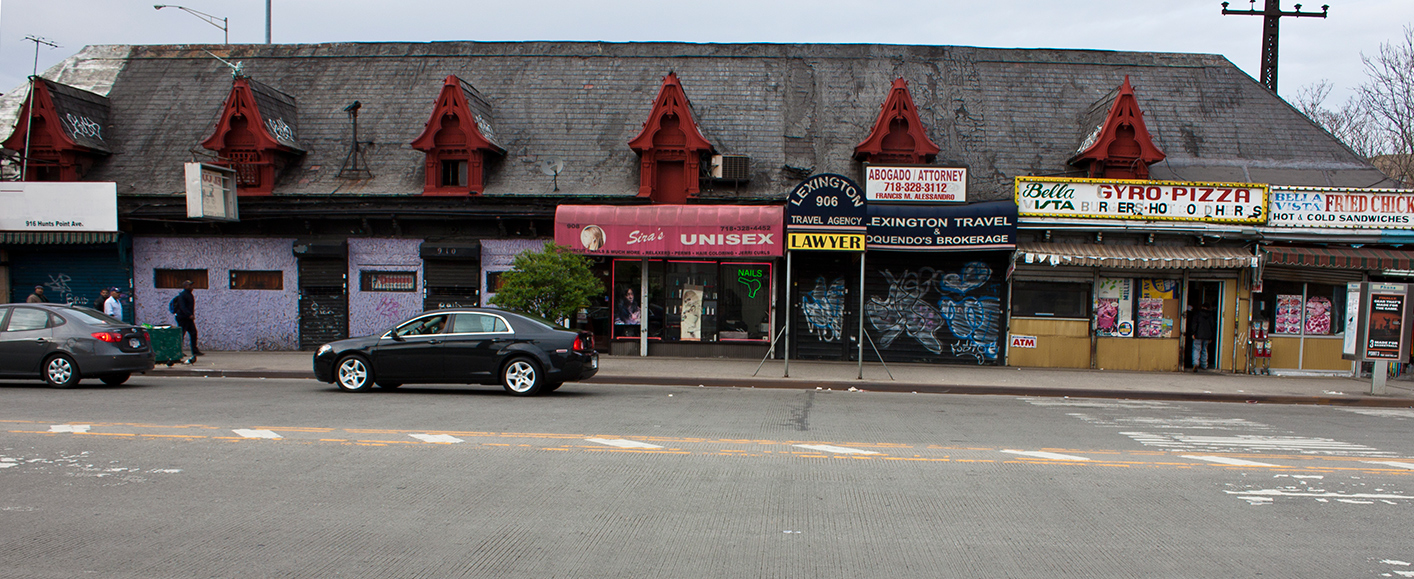
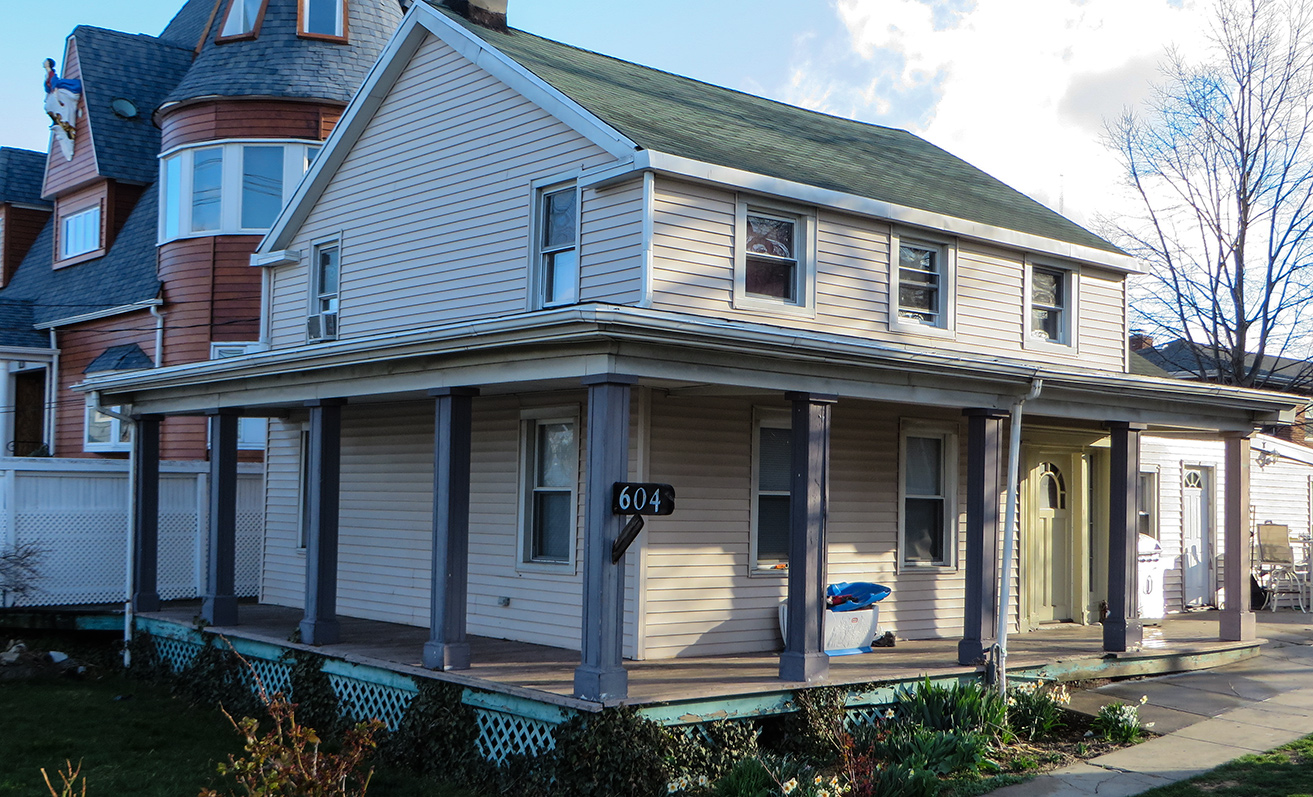
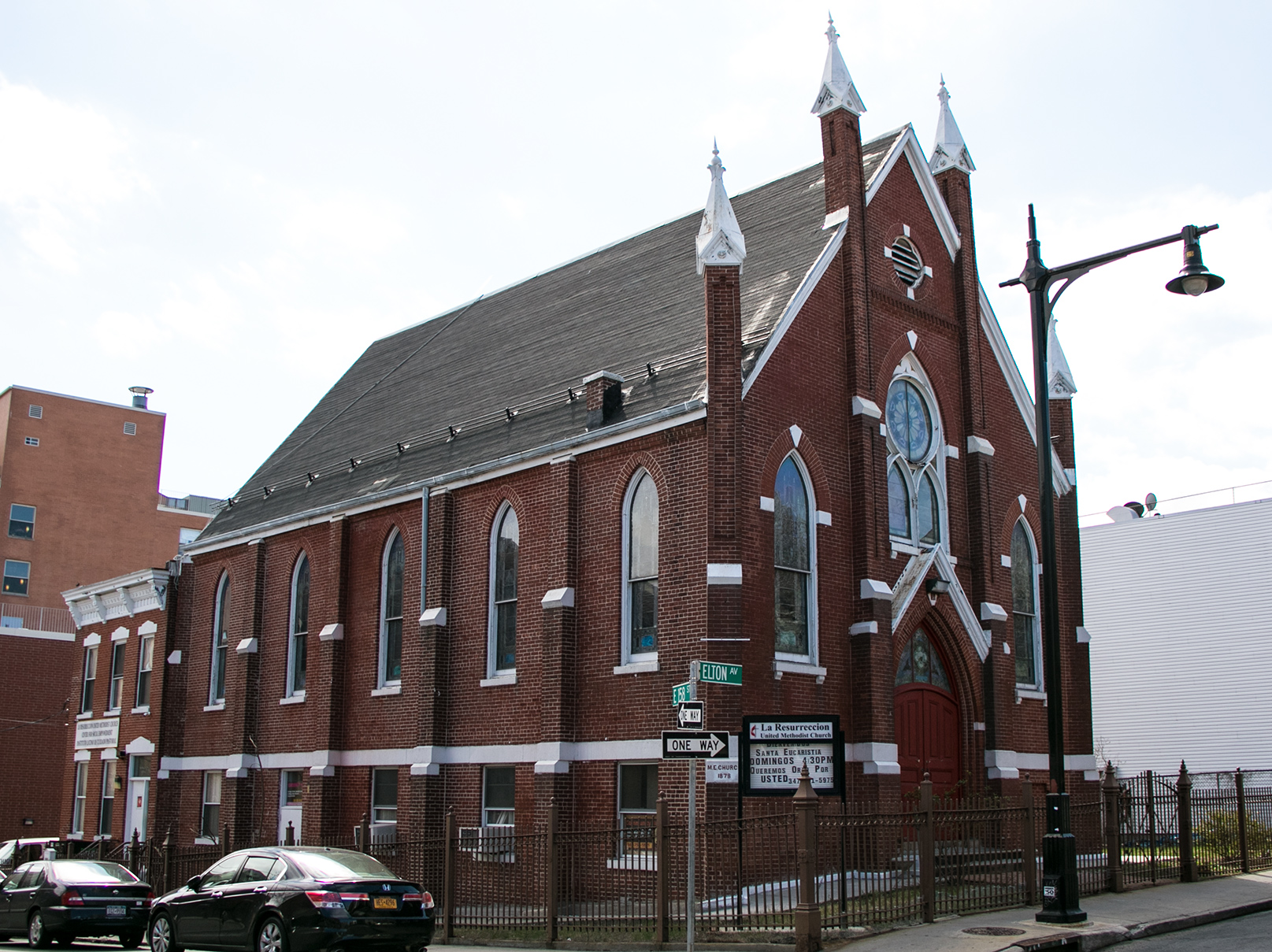

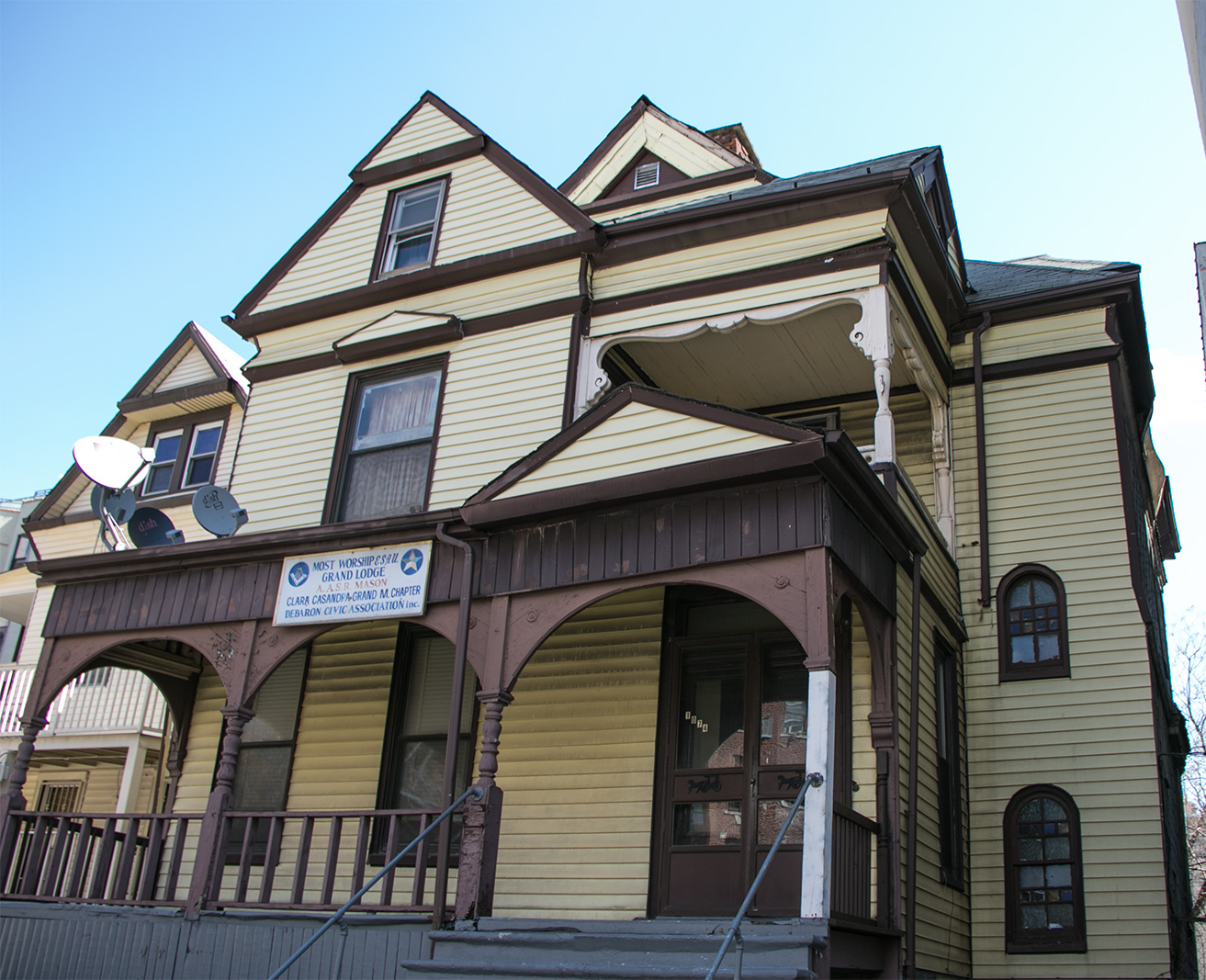

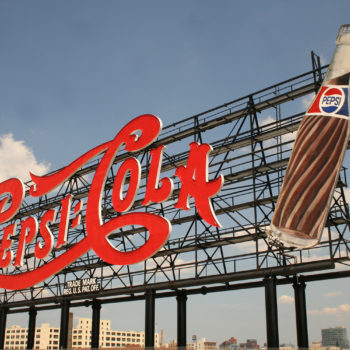
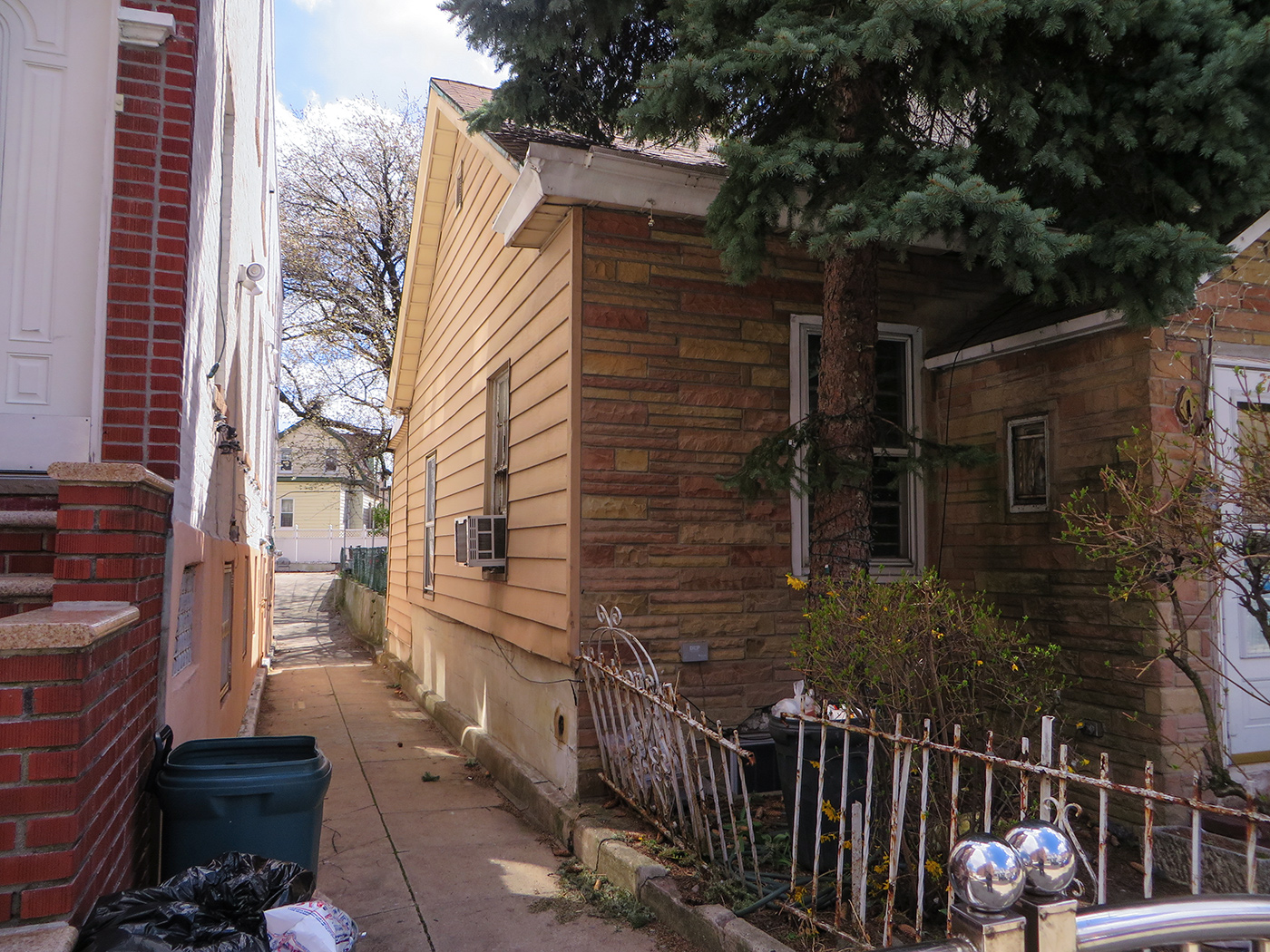
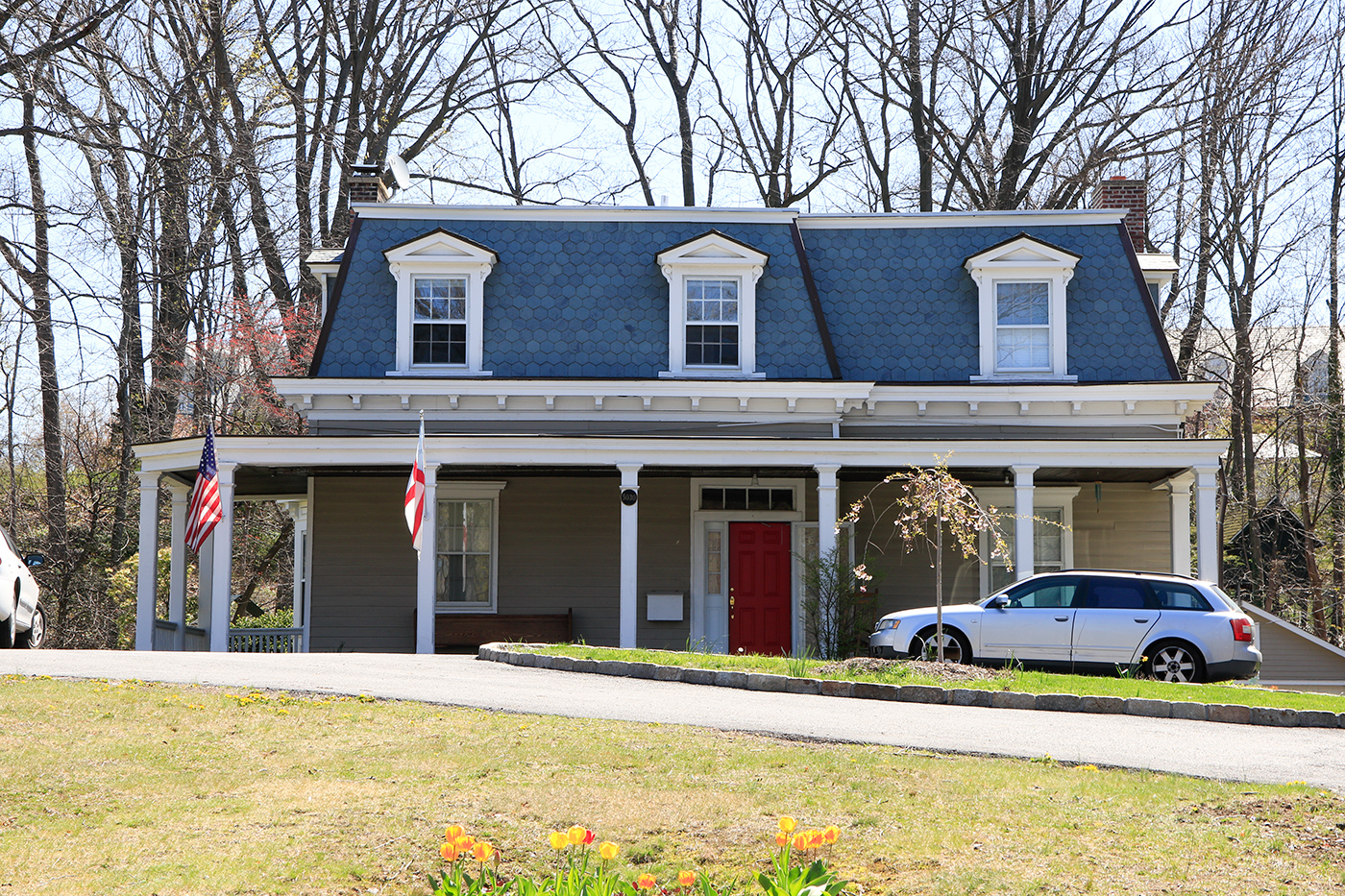
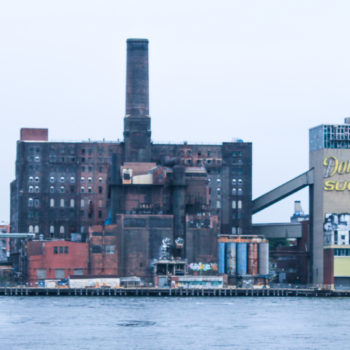
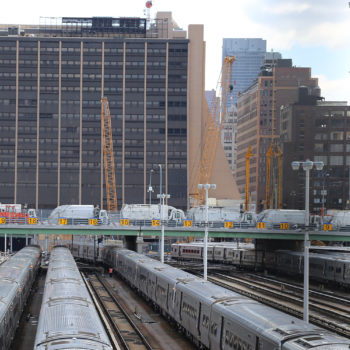
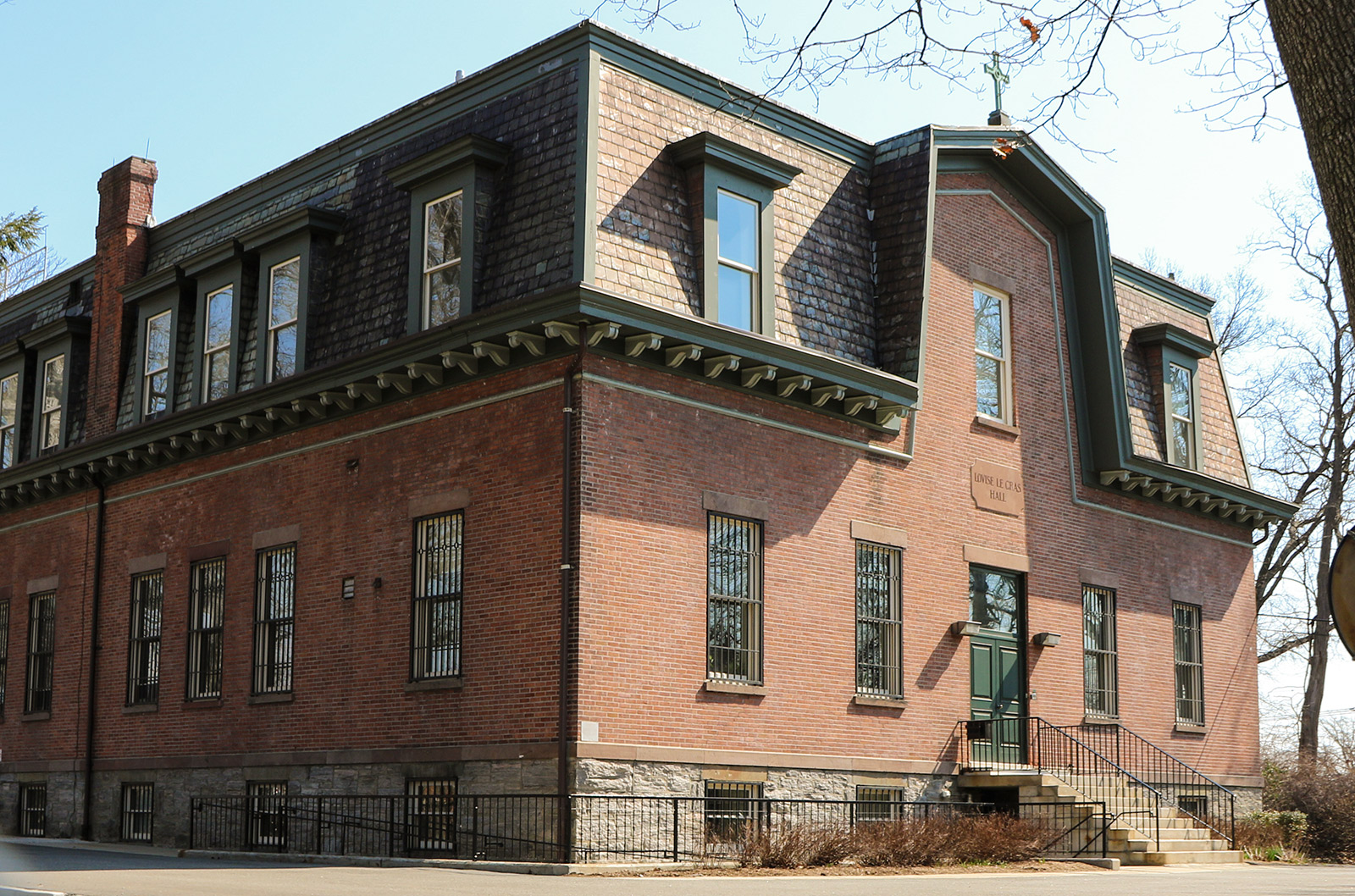
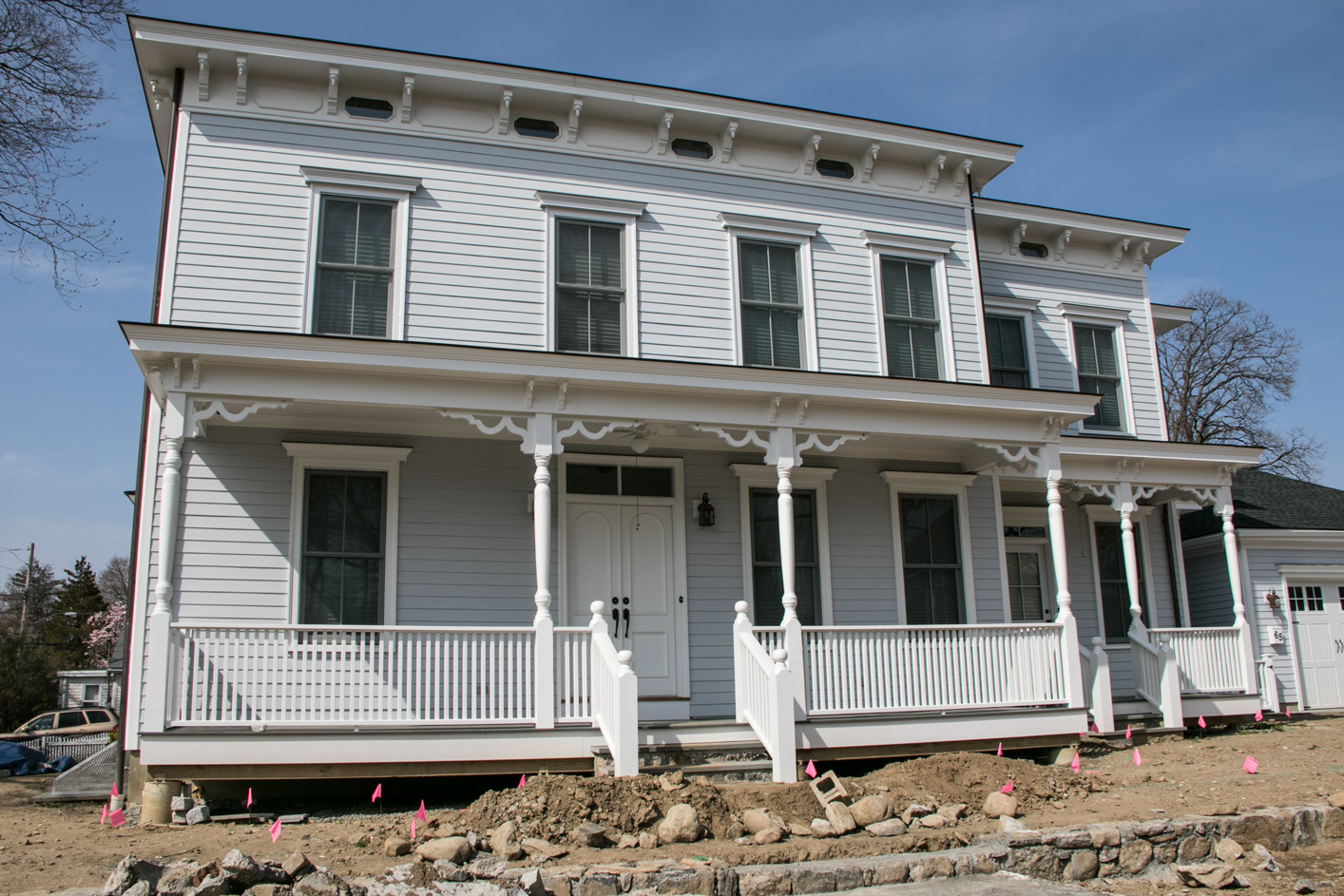
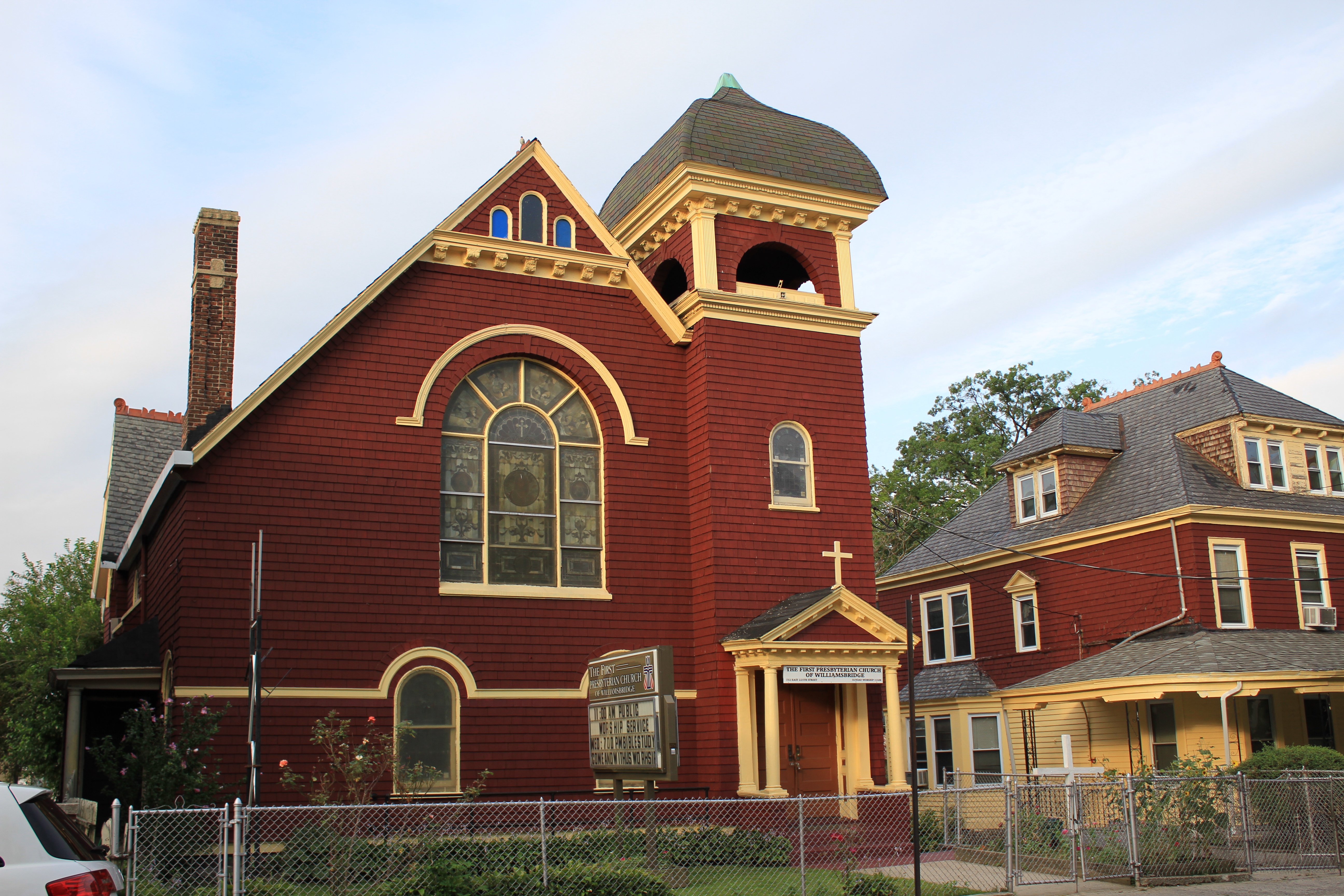
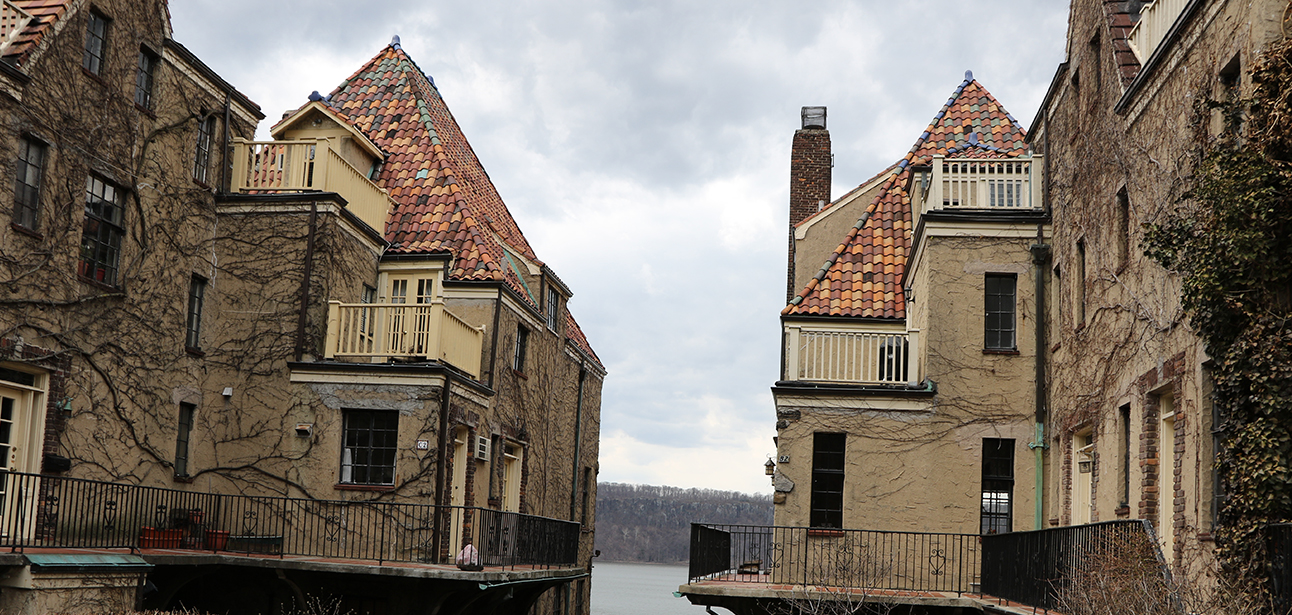
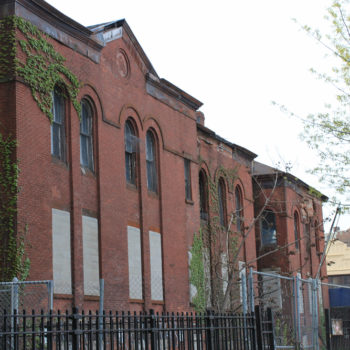
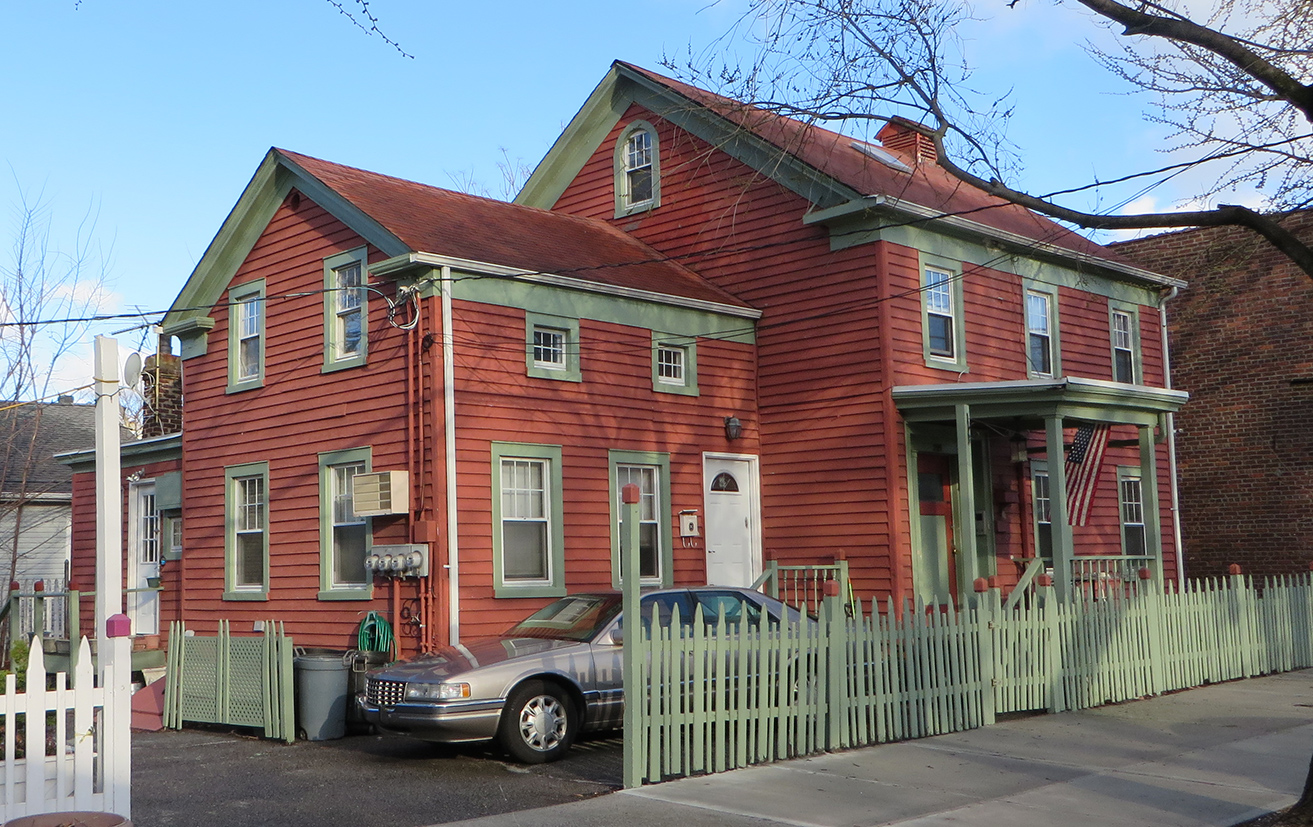
Recent Comments